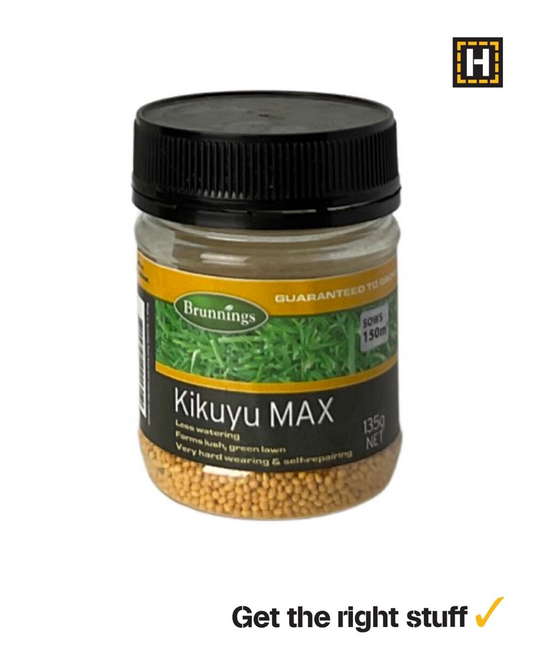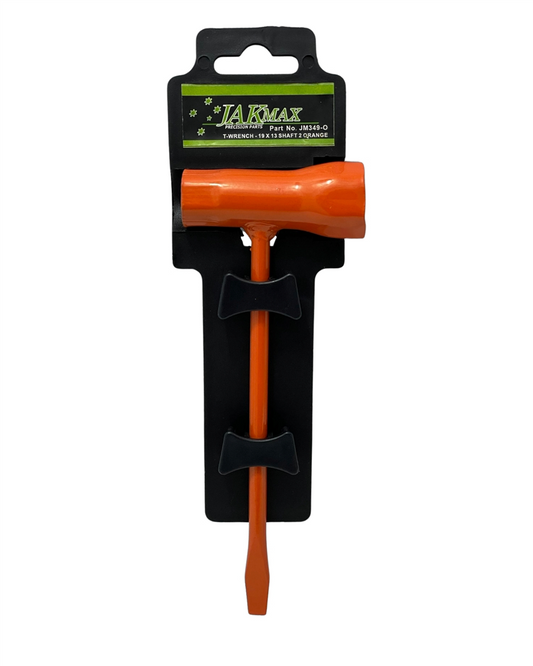The truth about moths in your garden: Friends or foes?
Share
Are Moths Friends or Foes in Your Garden?
You walk into your garden in the evening, admiring the quiet hum of nature winding down for the night. Then, out of the corner of your eye, you spot them—moths fluttering around your veggie patch. Are they here to help or hinder? Let's break it down.
The Night-Time Pollinators
Most people think of bees and butterflies when it comes to pollination, but moths deserve some credit too. Unlike their daytime counterparts, many moth species work the night shift. As they flutter from flower to flower in search of nectar, they help pollinate plants like tomatoes, strawberries, and a host of native flowers.
Some plants even rely on moths for pollination—no moths, no blooms. That’s a pretty solid reason to let them stick around, wouldn't you say?
But What About Their Caterpillars?
Here’s where things get a little complicated. Moth caterpillars, depending on the species, can be either harmless or a downright headache. If you’ve ever had leafy greens mysteriously disappear overnight, you might have a few hungry caterpillars to thank.
Common culprits include the cabbage moth caterpillar, which loves to munch through brassicas like cabbage and broccoli, and the lawn armyworm, known for wreaking havoc on grass. Left unchecked, they can turn a thriving veggie patch into a buffet.
Keeping the Balance
So, how do you reap the benefits of moth pollination without sacrificing your hard-earned plants? A few simple tricks can help:
- Attract beneficial insects: Ladybirds, wasps, and lacewings love feasting on caterpillars. Plant pollen-rich flowers like alyssum, dill, and cosmos to invite them into your garden.
- Use natural deterrents: Sprinkle crushed eggshells or coffee grounds around plants to make the surface uninviting for caterpillars.
- Encourage birds: Small birds like wrens and fantails hunt caterpillars. A birdbath or native shrubs can entice these garden-friendly visitors.
- Hand-pick when needed: If you catch a caterpillar infestation early, removing them by hand is often the easiest fix.
- DIY moth traps: Hanging a sticky trap near plants can help control moth populations before they reproduce.
The Verdict?
In small numbers, moths are valuable allies in your garden, quietly pollinating at night while you sleep. The trick is to keep their caterpillars in check without wiping out the moth population entirely.
Next time you spot a moth hovering near your flowers, take a moment to appreciate its hidden role in keeping your garden thriving. Just keep a watchful eye on your leafy greens, and you’ll have the best of both worlds.
Happy gardening!
Candeece
 Stay Connected
Stay Connected
Join our gardening community on Facebook the Urban Gardener's Notebook
And follow our Store Facebook Page: Strathalbyn H Hardware on Facebook









